As someone who's been actively involved in the Steampunk scene since 2006, I have a different perspective on it than most. For anyone living under a rock, recently IBM said that Steampunk would be a big retail trend between 2013 and 2015. Then Forbes magazine jumped on board, and Steampunks around the country (if not the world) freaked out while others rolled their eyes disdainfully. I even wrote an article a few weeks ago about how best to capitalize on Steampunk's rising tide.
But is IBM right? Are we all just wasting our time getting worked up about something that may never happen? I'll tell you!
As I said, I came on board Steampunk in 2006, right near the beginning of its rise to popularity. In case you don't know, Steampunk has been around since the 1960s, but it wasn't until around 2005 that it made the leap to costuming and from there to becoming a legitimate subculture in its own right. In 2006 there were no Steampunk conventions, and maybe only one or two Steampunk-themed events in the entire country. We've come a long way since then, with dozens of conventions and events in a given year, if not more.
But is Steampunk "played out"? Have we gone as high as we can go? After all, I've seen Steampunk done nearly every way I can possibly think of. I've seen Steampunk that's Western, Eastern, aristocratic, lower-class, scientific, fantasy, and more than I can possibly name. Everything from Steampunk Star Wars to Steampunk Power Puff Girls. Nerfpunk and Rococopunk. Is there any -punk left in the world?
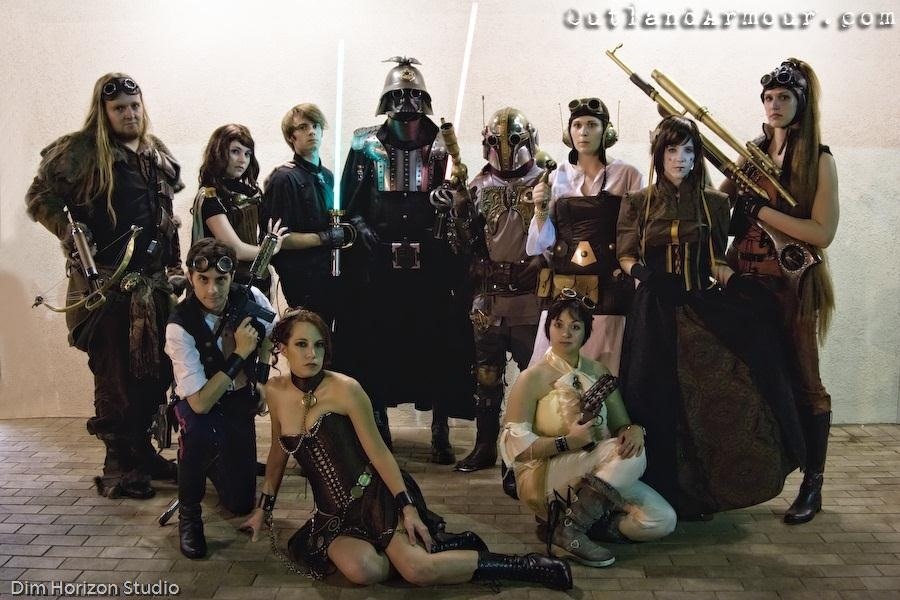
I promised above that I would tell you whether or not IBM was right, so here it is: I think they're right, though maybe not in the same way that everyone else does.
Note that in the original IBM article, they specified that Steampunk would become a big retail trend, and I think that it probably will.
Unfortunately, that's a different thing than Steampunk becoming more popular. What this means is that Steampunk will enter the larger public awareness, and "casual" Steampunk clothes may be sold in stores. "Hardcore" Steampunk things will likely remain too niche for large retailers, but as recent high-fashion fashion shows have shown (that was a phrase to be proud of!), it seems like it may be more Victorian- and Edwardian-inspired than straight-up Steampunk.
Gothic and Lolita fashion went through this phase a few years ago, in which suddenly any usage in popular media or high fashion of Gothic Lolita-looking clothes was met with a chorus of "Look, it's Gothic Lolita-inspired!"
In reality, Gothic Lolita was so niche and underground at that time that it was extremely unlikely that there was any direct connection. However, it's likely that both Gothic Lolita and the aforementioned Lolita-looking mainstream outfits shared a similar inspiration, namely Western aristocratic styles.

Similarly, I believe that Steampunk isn't the source or inspiration of these Victorian- or Edwardian-inspired outfits we're currently seeing in high fashion. Instead, I think that Steampunk was on the cusp of a different upcoming trend: conservative dress and detailed aesthetics.
As anyone who studies fashion knows, styles are cyclical. What is popular in one decade is out of fashion for a time, and then eventually comes back in style. In the last decade, small, skimpy clothes were very popular, so now we're starting to see a swing back toward conservative clothing. We still have very tight, figure-showing clothes, but showing actual skin isn't as in fashion as it once was.
So this interest in Steampunk doesn't actually represent a real interest in Steampunk, but instead an interest in more conservative styles, of which Steampunk is one.

The above picture is Prada's new line, and as you can see, there's very little overtly Steampunk about it. Instead, it draws upon the aesthetics of the Victorian and Edwardian eras. Still, as I said, I do expect Steampunk to become more prominent in the public consciousness, but whether that has a direct relation to its popularity (for example, infamous people are still prominent) remains to be seen.

Regardless of whether the actual Steampunk scene sees a boost in membership or activity, I do expect to see more Steampunk (or steam-friendly) clothes and items for sale in stores. That can only be a good thing for Steampunk!
Thanks, IBM!
Images from Dreampunk Geek, Tonner Doll, Milkyway Craft, and Geek Tyrant
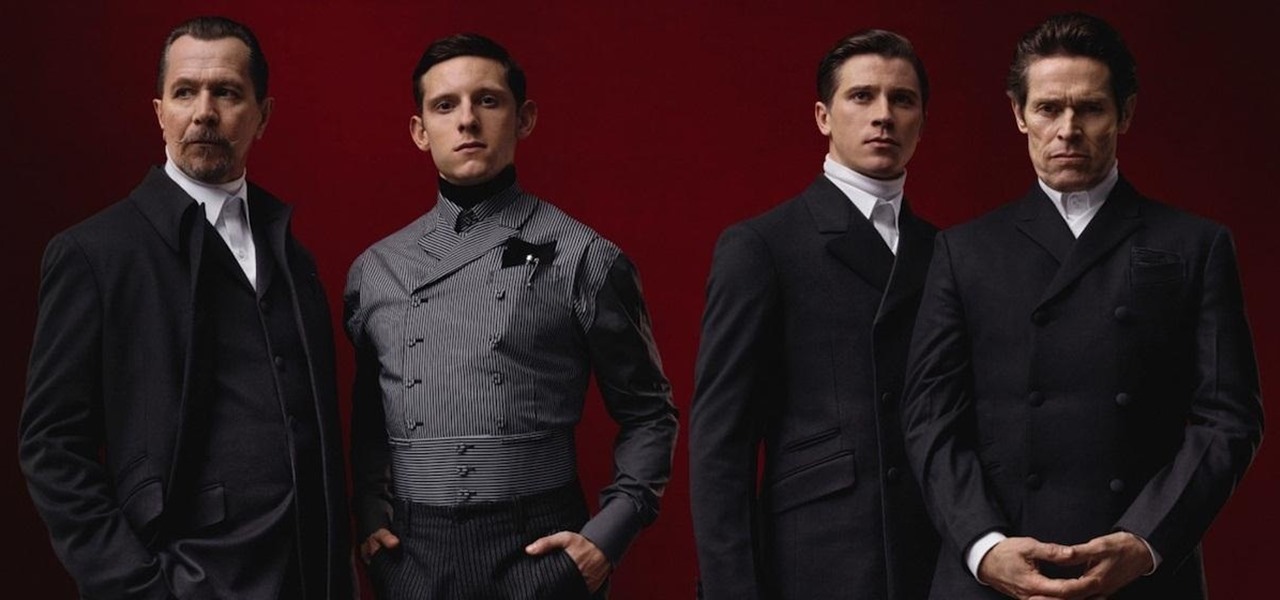





















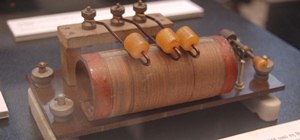

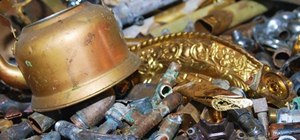

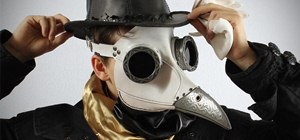
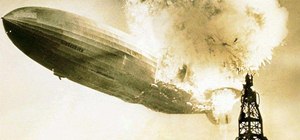





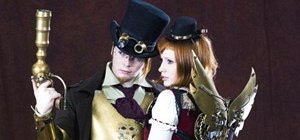



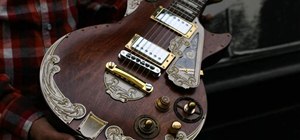

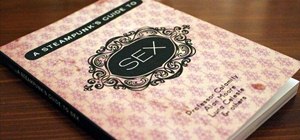

Be the First to Respond
Share Your Thoughts